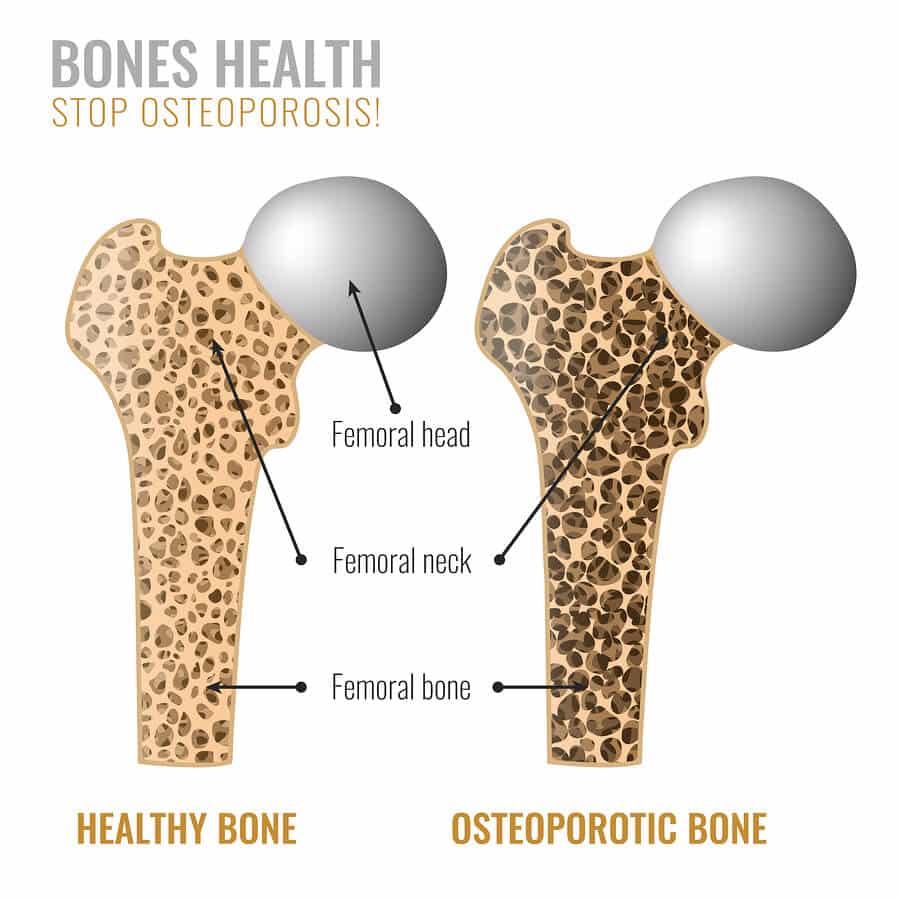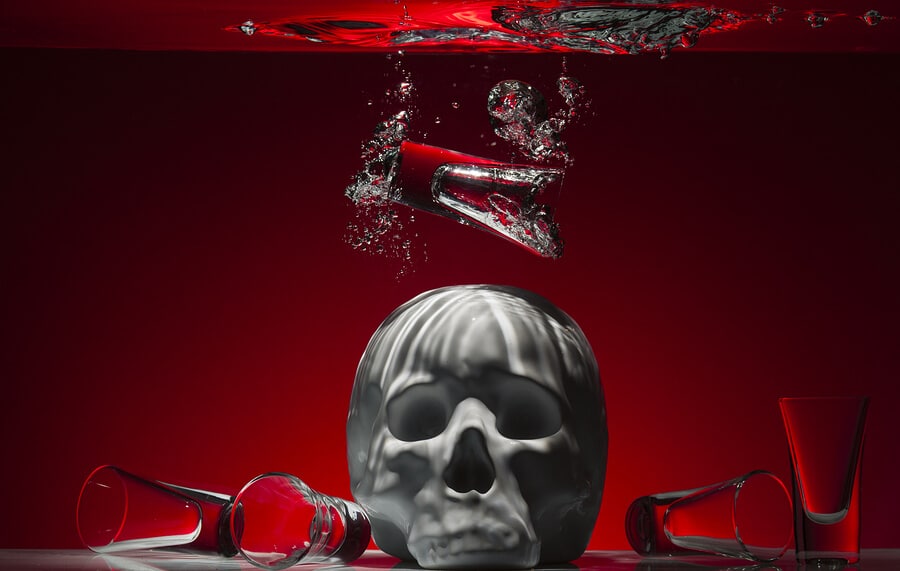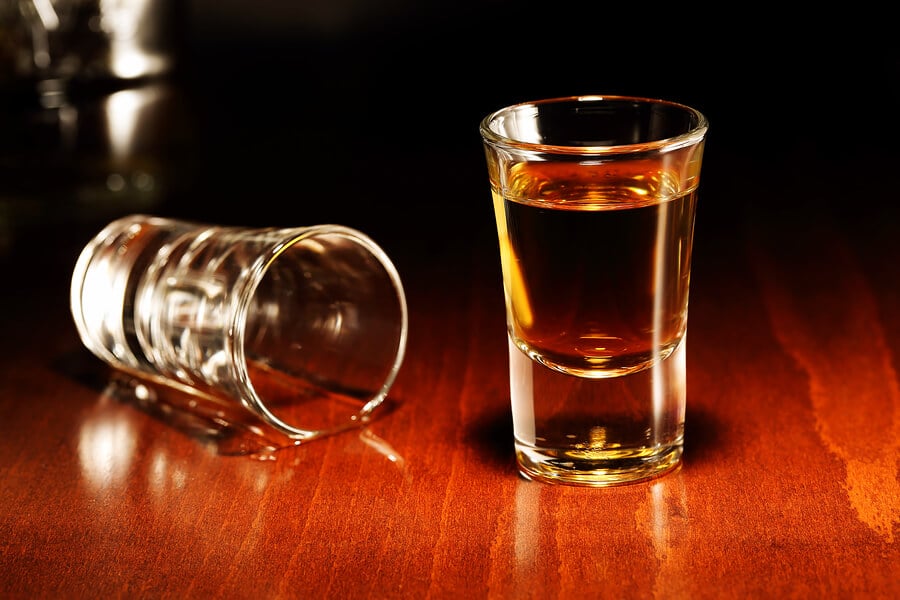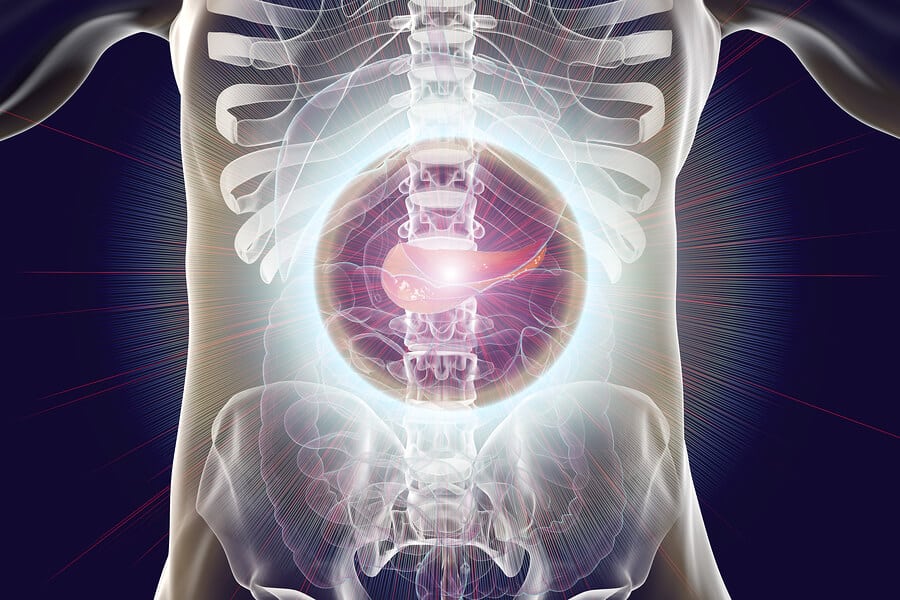
It doesn’t matter how committed you are to being sober or how long you have been sober because there is always the potential for an alcohol relapse at some point. According to the National Institute on Drug Abuse (NIDA), relapse rates range between 40-60%—about half of all people in recovery.
Alcohol Relapse
Following a relapse, many people have feelings of guilt or regret. They may feel like giving up and succumbing to addiction rather than starting over and working hard to prevent a relapse from happening again. These feelings are normal, but they add more challenges to maintaining an alcohol-free lifestyle.
The best approach is to use this relapse as an event from which you can learn. You can alter your relapse prevention plan as needed and re-identify triggers. By delving deeper into the factors that contributed to the relapse, you can build a new foundation for recovery that will enable you to bounce back stronger than before.
Causes of Relapse
Relapsing after a period of abstinence is, unfortunately, a very common event. As noted, around half of all recovering addicts will have a moment of weakness that leads to alcohol use again. Fortunately, knowing some of the signs can help you prevent this from happening.
Signs that may foretell an imminent relapse include, but are not limited to, the following:
Failing to Make Sobriety a Priority
Without a steadfast commitment to long-term recovery, you are more likely to relapse. In order to be successful, you must be ready to embrace the hard work required to remain sober. Activities should include attending 12-step meetings, having a sponsor, and receiving therapy or counseling for co-occurring mental health disorders such as depression.
Not Having a Support Network in Place
A newly sober person requires a solid support system, and this can make the difference between sustained recovery and relapsing back into alcoholism. Ask friends and family to hold you accountable and engage in sober group activities.
Not Quitting for Yourself
In some instances, a person will enter treatment primarily to please their family or friends or because they must meet the terms of probation or other legal problems. Instead of being committed to being sober for their own sake, they feel pressure to do something they would not otherwise do. Moreover, if a person does not truly want to quit for themselves, the chance of relapse is much higher.
Being Unprepared for Life After Treatment
It’s crucial to devise a relapse prevention plan for transitioning back to the real world after treatment. Certain things can undermine sobriety, such as family dysfunction, toxic friendships, isolation, and unhealthy daily habits. By recognizing triggers early on, you can help defend your newfound sobriety.

What to Do After a Relapse
First, you need to decide whether or not you need to go back into treatment. If it was an isolated episode, and you’re dedicated to examining and adjusting your recovery plan, you may not need to go into an intensive treatment program. There are outpatient treatment programs that can help when you don’t require an inpatient stay or around-the-clock supervision.
If you’ve retreated back into an extended pattern of alcohol abuse, however, you will want to consider returning to a more strict treatment program. Moreover, if you have been talking about using substances or hanging out with people who enable or encourage your drinking, these are signs of a bigger problem. Likewise, if you recommence using alcohol as a coping mechanism, you need to seek treatment as soon as possible.
The return to treatment should have a strong emphasis on psychotherapy, which has been remarkably successful in instructing recovering addicts how to engage in new behavioral responses to unhealthy thoughts and feelings.
Other therapies include art and music therapy, meditation techniques, and physical fitness. Following treatment, you can continue to apply these strategies and tools to maintain a low-stress life, as well as cope with depression, anxiety, and anger.
From the minute you begin treatment after an alcohol relapse, your focus should be on the transition back to normal life. Your best option may be to reside in a sober living home, in which accountability can help during those first few vulnerable months after treatment. Also, it would be beneficial to be equipped with an outpatient plan for ongoing therapy or counseling after you are discharged from treatment.
Getting Help for Alcohol Addiction
If you have already undergone treatment and are struggling with an alcohol relapse, there is help available. Harmony Treatment and Wellness offers integrated, research-based treatment for people who suffer from alcohol or drug addictions. Our programs feature vital recovery services such as psychotherapy, counseling, group support, and more.
If you have relapsed or fear you will relapse, contact us today! We can help you get back on the road to long-term recovery and reclaim the happy and healthy life you deserve!





















